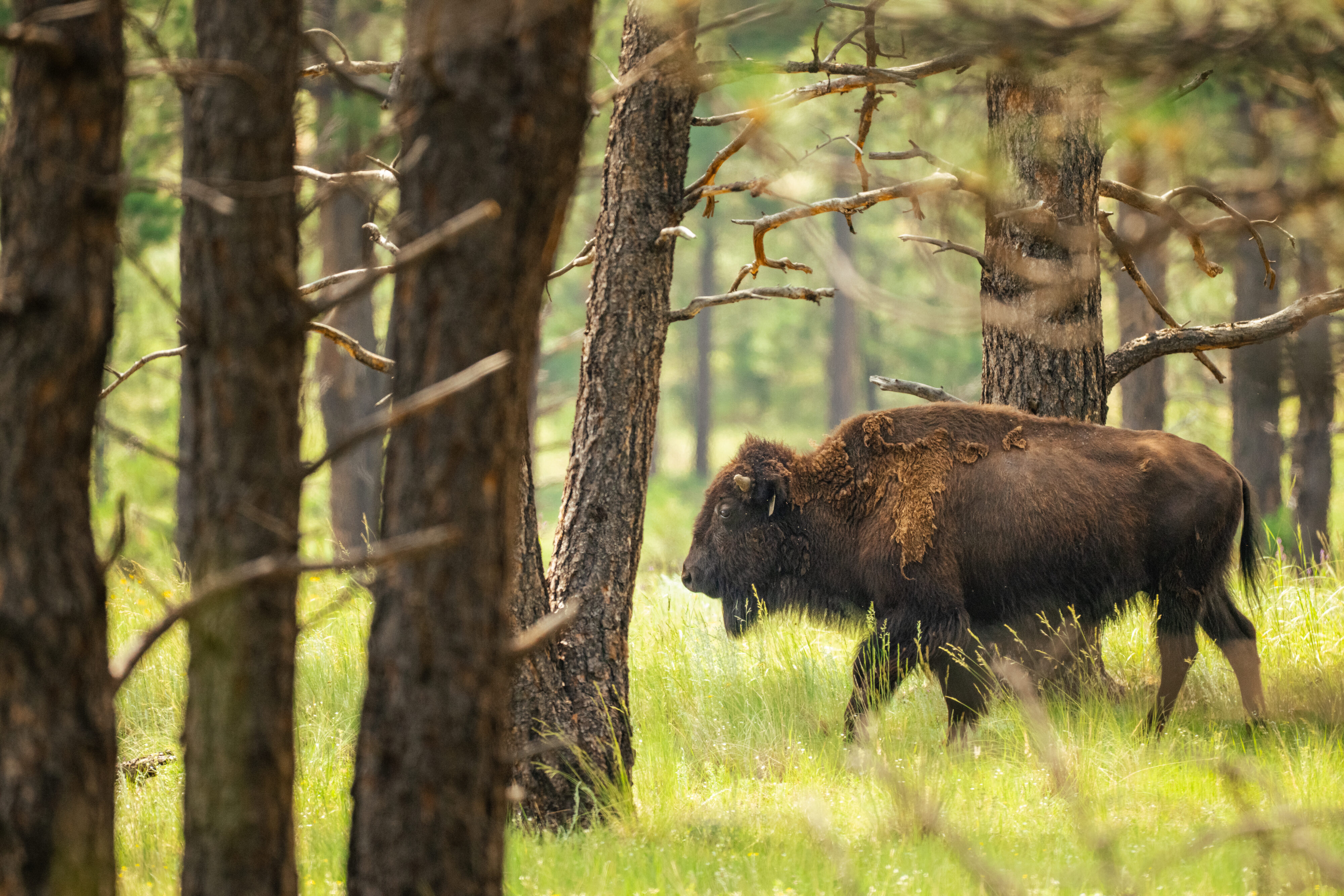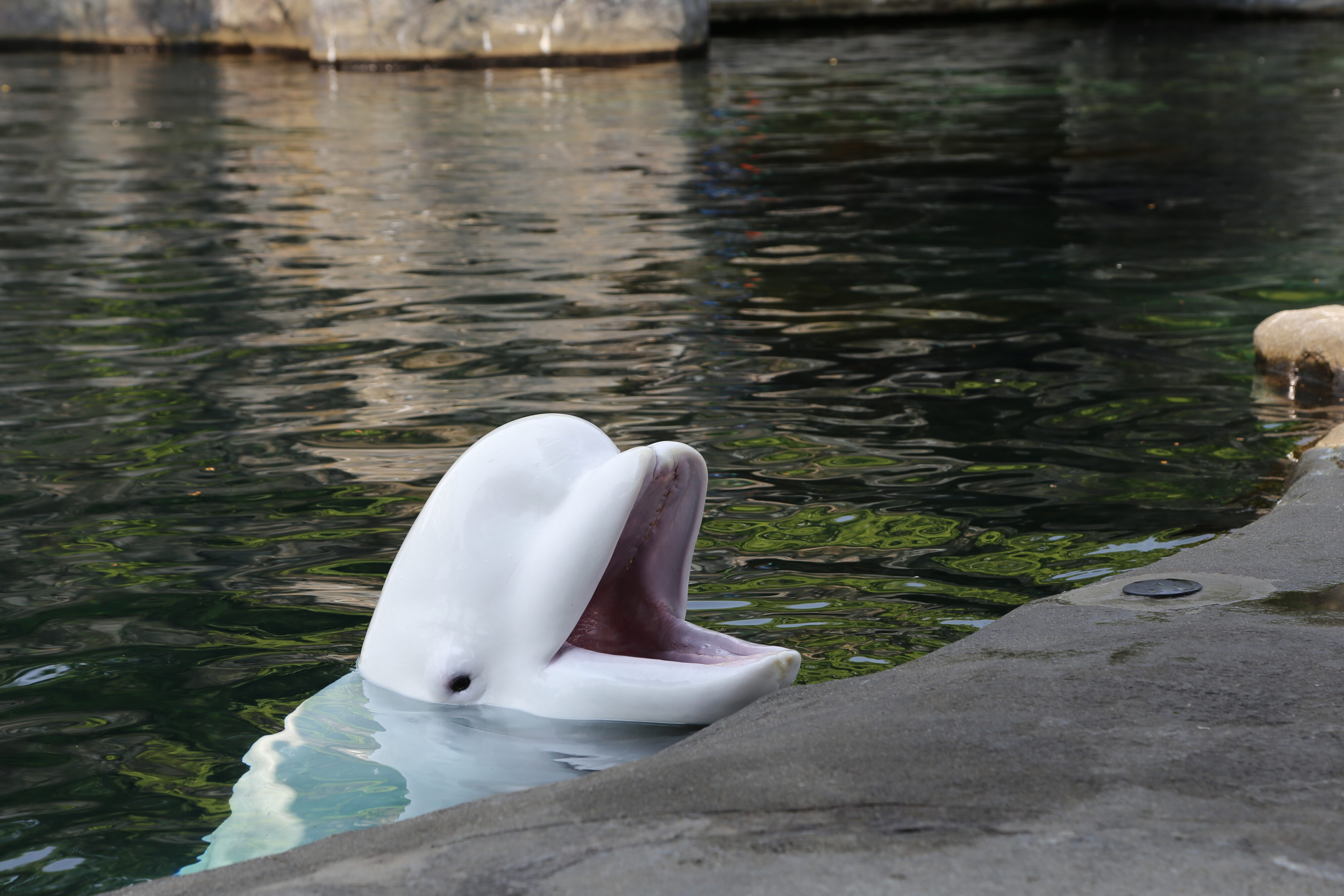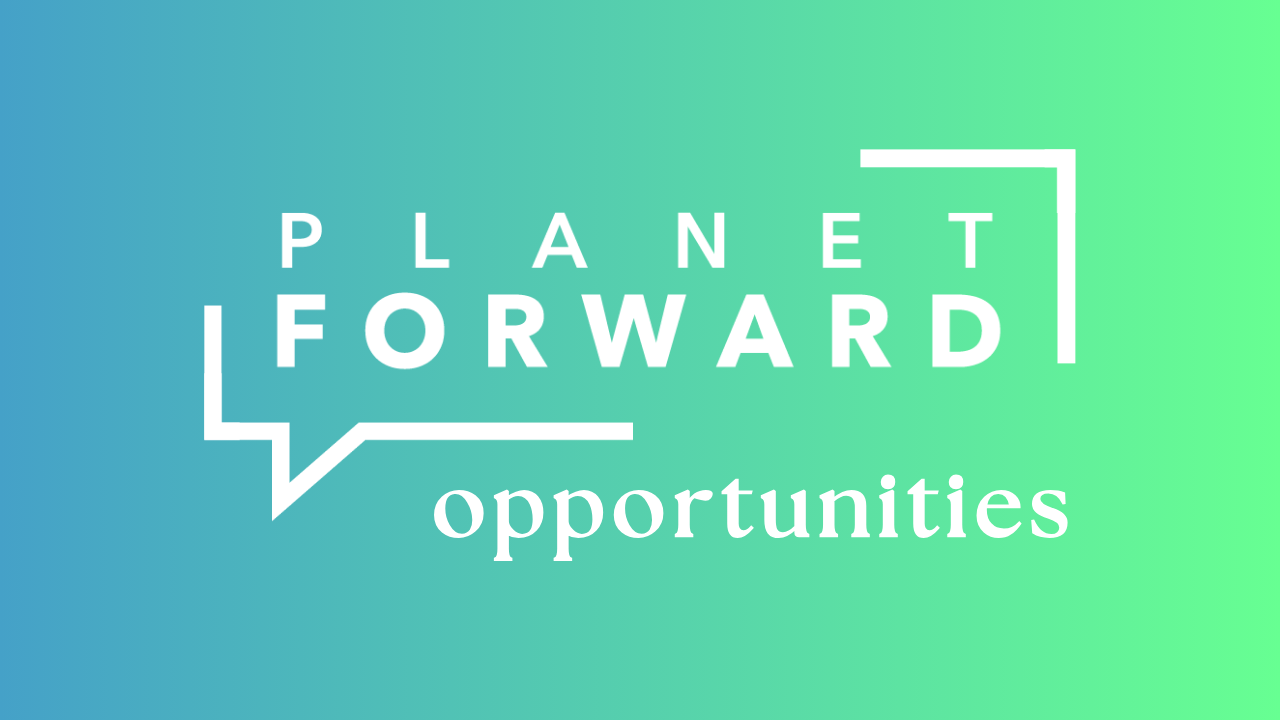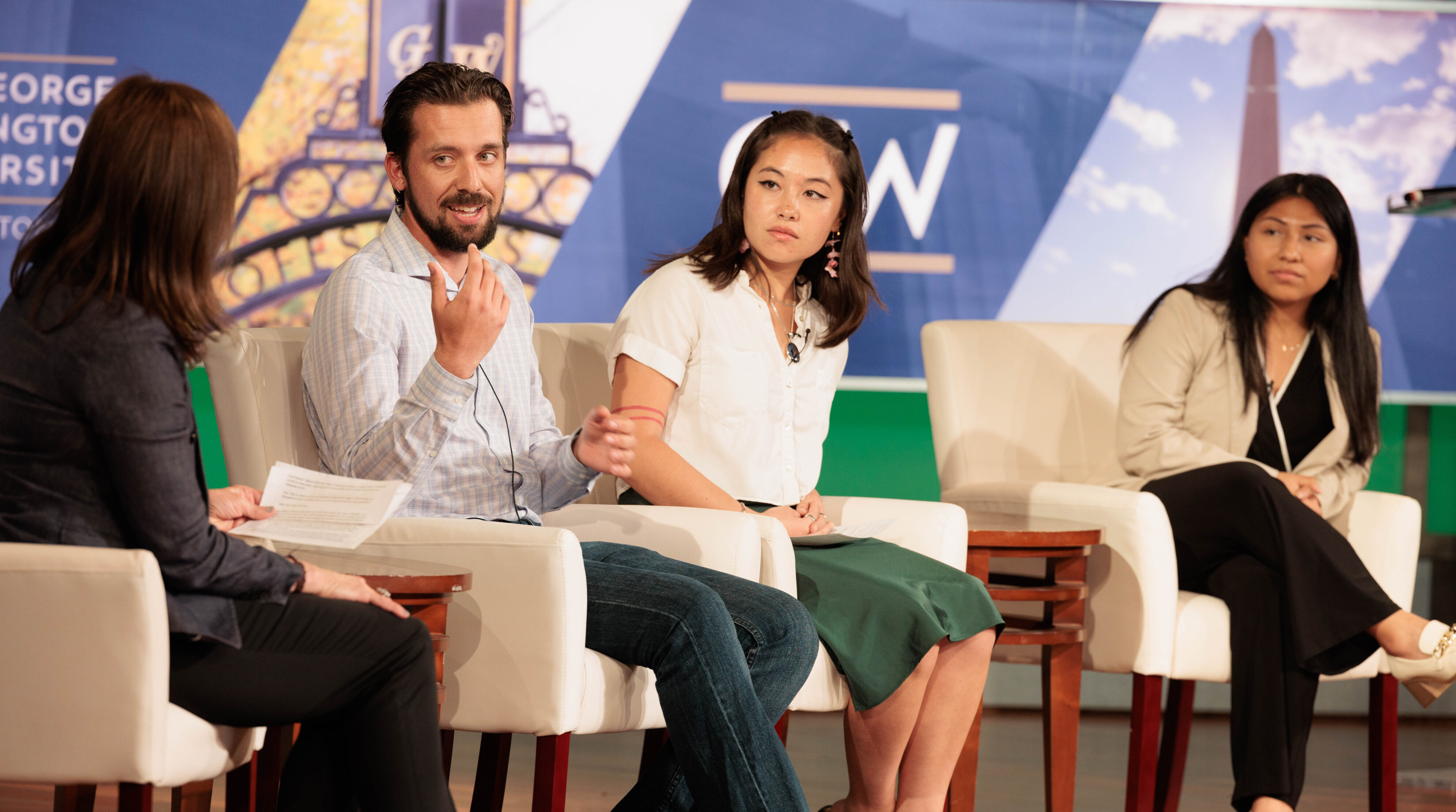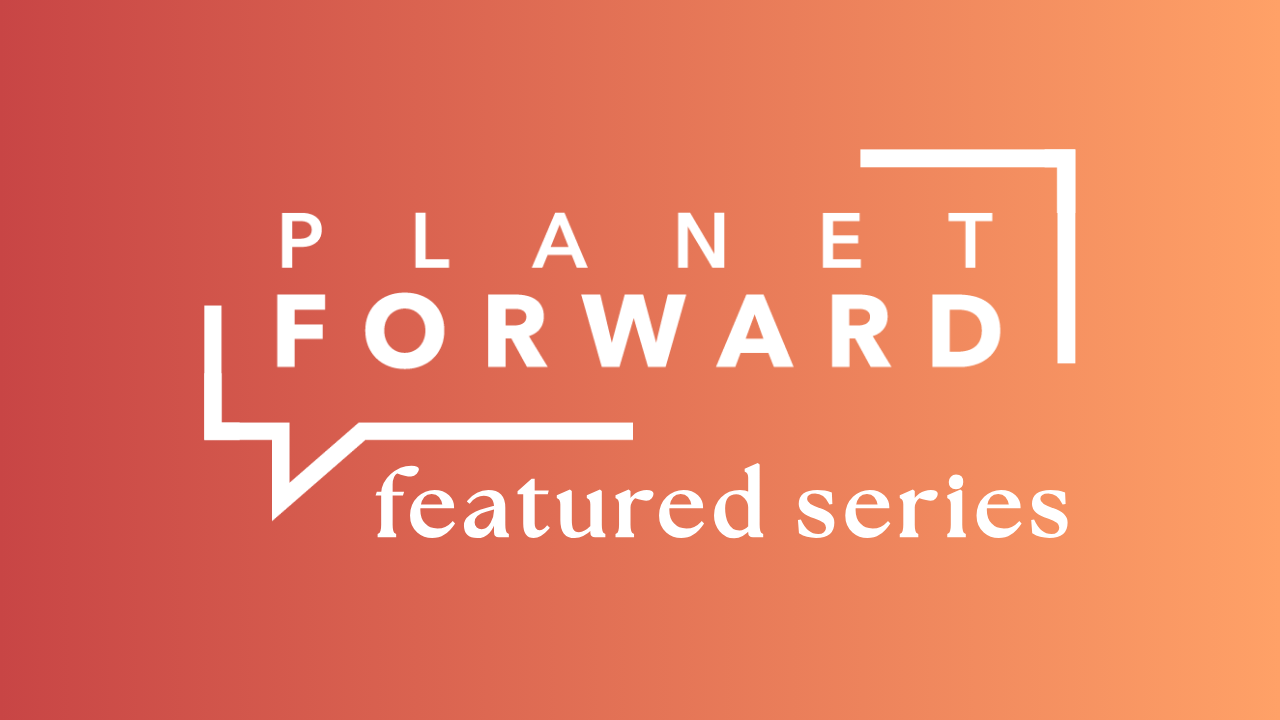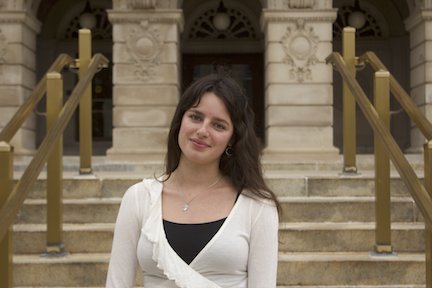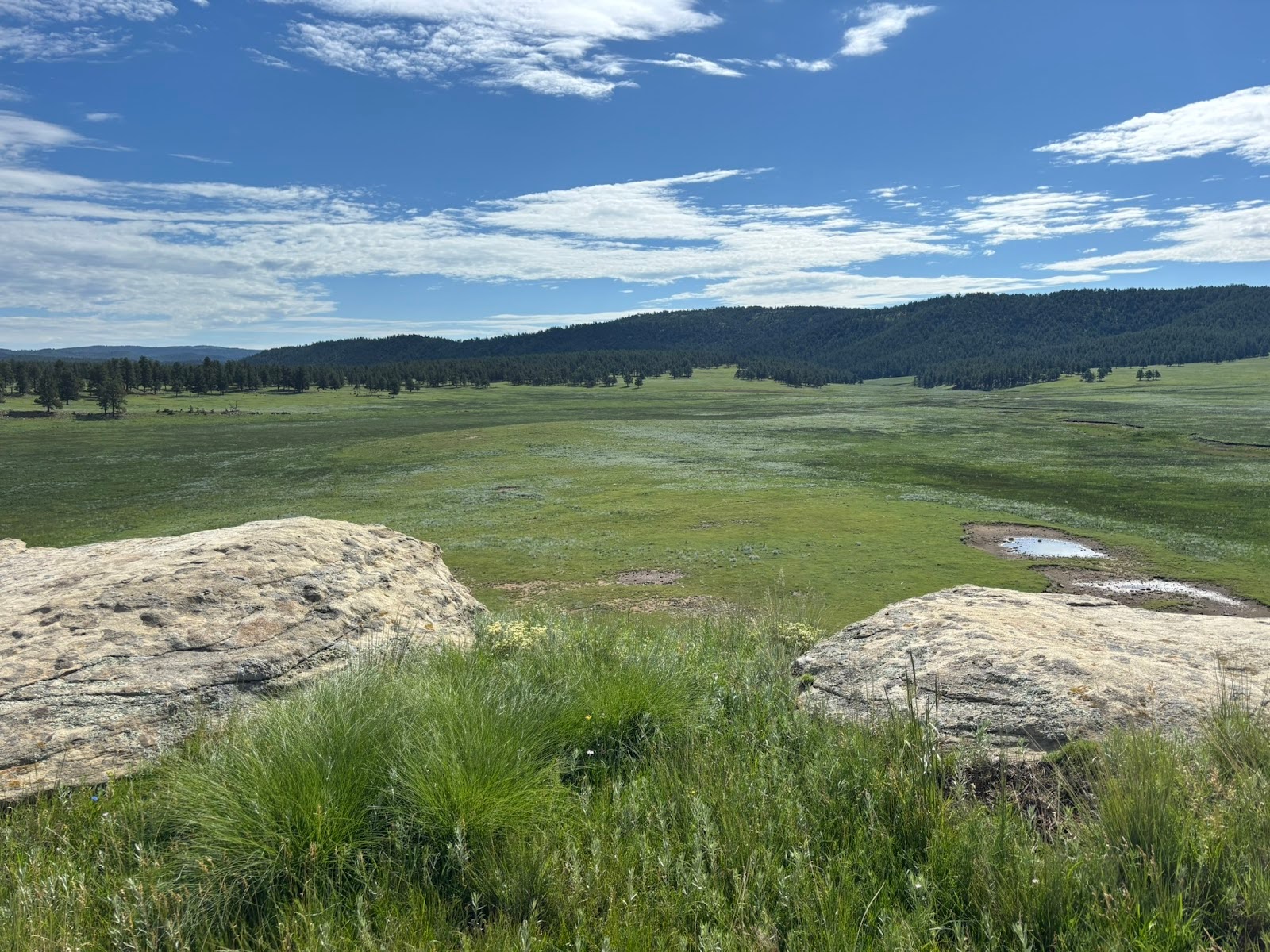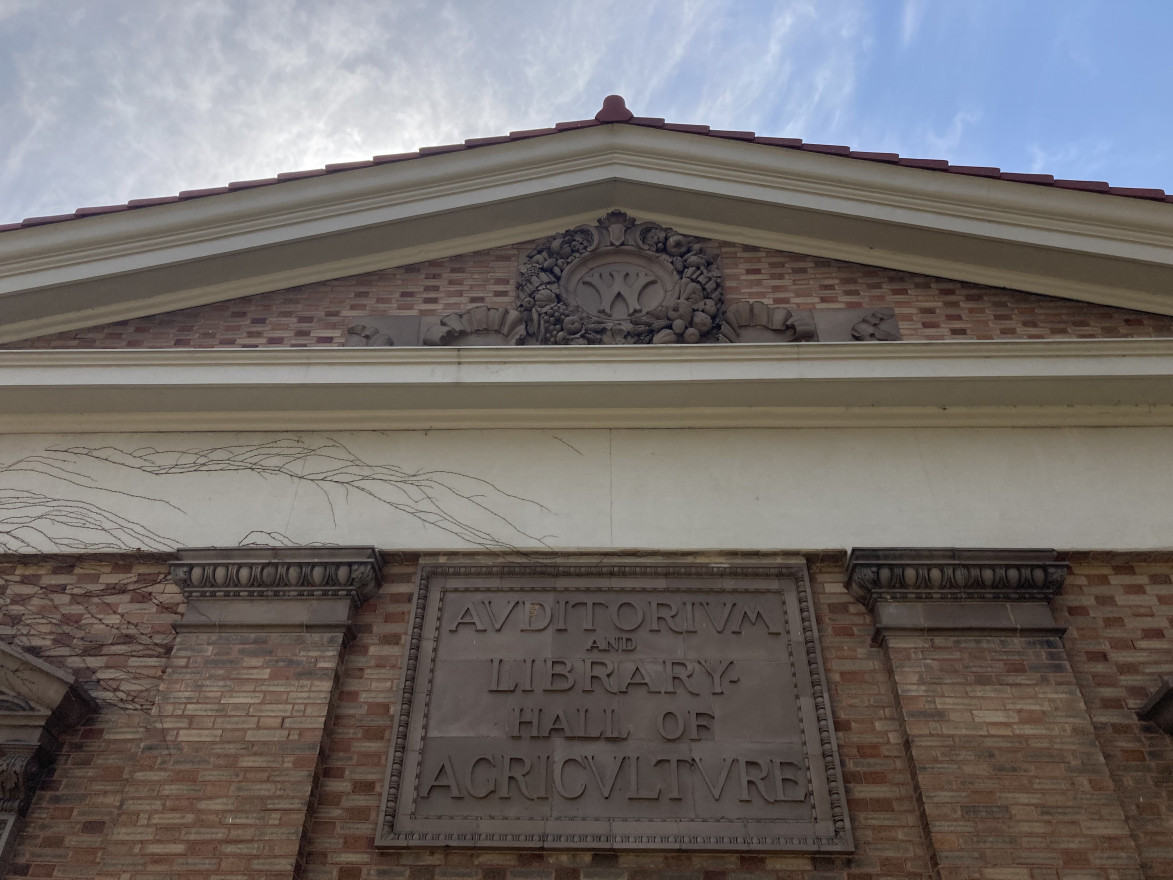
‘It feels more honest’: Looking at Indigenous agricultural practices in research and in the classroom

Old Mason jars filled with heritage corn and tins of commercial tobacco are what planted the initial idea for the Goldman Lab’s Inter-Tribal Seed Stewardship Initiative.
University of Wisconsin Life Sciences Communication Emeritus, veteran broadcast journalist and a citizen of Mashkiiziibii, or the Bad River Band of Lake Superior Ojibwe, Patty Leow spent one summer visiting tribal communities across Wisconsin for a book project. She would bring tobacco as an offering to each community, but found herself having to buy American Spirit tobacco from the store.
Leow shared the irony of not having access to traditional tobacco while working at a university with a world-renowned college of agriculture with her then-colleague, UW Horticulture Professor Irwin Goldman.
Goldman and Leow worked with the Oneida Nation to obtain some traditional seed and began growing ceremonial tobacco at one of UW’s research plots. They invited Wunk Sheek, a campus org that serves students of Indigenous identity, to participate in the initiative as well.
Goldman said inspiration for the Inter-Tribal Seed Stewardship Initiative grew out of this project. Former UW Ph.D. candidate and current Horticulture Faculty Associate Claire Luby was instrumental in pursuing this grant. Goldman and Luby connected with the Ho-Chunk Nation, assisting them in continuing their heritage corn strains.
Goldman said the project was centered around pollinating these traditional seeds, ensuring the strains remained pure as they grew and making sure all the seeds went back into the Ho-Chunk community.
“What I definitely didn’t want was to keep any of the seed ourselves, it didn’t belong to us,” Goldman said. “And in the process, teaching whoever wanted to learn from the [the Ho-Chunk Nation] community about how to do the pollination.”
This sharing of knowledge and research that could be used to benefit the broader tribal community became the driving factor behind the Inter-Tribal Seed Stewardship Initiative. After partnering with Dan Cornelius of the Intertribal Agriculture Council and the UW Law School, Jessika Greendeer of Dream of Wild Health, Rowen White, national leader in the indigenous seed keeping movement– the project began to bloom.
Ultimately, the team created a multifaceted initiative that included; a 9 month seed stewardship training program, the development of Hort: 375 Seed and Food Sovereignty in Indigenous Communities, a two-day ‘Tribal Farming 101’ workshop and an inter-tribal research garden located in the UW Arboretum. They were able to secure funding for this project through the Baldwin Wisconsin Idea grant in 2018.
In a recent panel hosted by PBS Wisconsin, Cornelius shared how this project combined both traditional and contemporary agricultural techniques.
“We’re not totally recreating the historic practices and ways of growing, but bringing some of the seeds back and looking at, how can we use modern equipment to more closely mimic a traditional approach,” Cornelius said.
This project marks a notable shift from research solely centering westernized agriculture, work Goldman said should have been started long ago. Goldman said as a land-grant, the research UW does is supposed to benefit the broader community. For decades this definition of community was limited to those practicing European-style agriculture.
This expanded focus including Indigenous farming also improves UW’s research, Goldman said. Many Indigenous agricultural practices are actually more sustainable, disturb the soil less and require less inputs than European methods.
“[The] Menominee, have a reservation and they have a very famous forest there that they’ve been curating for a long time. In the forest they have these kind of like egg carton indentations… and it turns out that is ancient raised field agriculture that is at least 1,200 years old and what they find in those is the soil after agriculture was better than the soil before agriculture,” Goldman said. “Imagine that, I mean that is just completely the opposite of modern conventional western agriculture.”
This more comprehensive view of what agriculture is was actually driven largely by students, Goldman said. Goldman conducted “exit interviews” with outgoing horticulture students, many of whom said they would have enjoyed the inclusion of a more diverse array of perspectives. Goldman said integrating Indigenous viewpoints and practices into curriculums makes classes both more interesting and “honest.”
Though the two-year grant has ended, many facets of the project have lived on. Goldman said information from the seed stewardship training program is currently being developed into workbooks, the arboretum research garden will continue and Hort 375 has been developed both into another class, Hort 380. Some of this curriculum has also been adopted for a First-Year Interest Group, co-led by Cornelius.
The FIG, Listening to Land: Indigenous Education, Language, and Foodways, was taught for the first time last fall. It centered hands-on, place-based learning with activities, including braiding traditional corn, preparing wild rice, cooking workshops and a First Nations cultural landscape tour of campus.
Cornelius said this approach to learning has far-reaching benefits.
“How can the University of Wisconsin better support Native communities in the state and beyond, and in the process how can the university help to support rural communities as well, because a lot of the issues that Native Nations face are the same issues that a lot of rural communities face,” Cornelius said. “Having the space on campus for these hands-on outdoor interactive classrooms, it also provides a laboratory.”
Though Goldman said these efforts are still very much a work in progress, they are already spreading outside the classroom.
Goldman said the UW Arboretum has also been rethinking its history. The arboretum has long been lauded as the location of the country’s first restored prairie, a feat largely possible through their use of controlled burning, a practice used by Indigenous communities for generations.
Goldman said the arboretum has just recently begun to recognize this history of Indigenous communities and prescribed burning, as well as other contributions they have made to modern-day conservation.
The recognition and integration of Indigenous cultivation practices has been a slow process, largely due to decades with no Native voices at the table, Goldman said. The more Indigenous scholars, farmers, leaders and community members are able to work with the university, the better UW’s research and overall education will be.
“We’re reevaluating what our function is as a land-grant and it’s amazing to me that it’s taken us 150 year plus to recalibrate who we serve and why we do what we do,” Goldman said.




